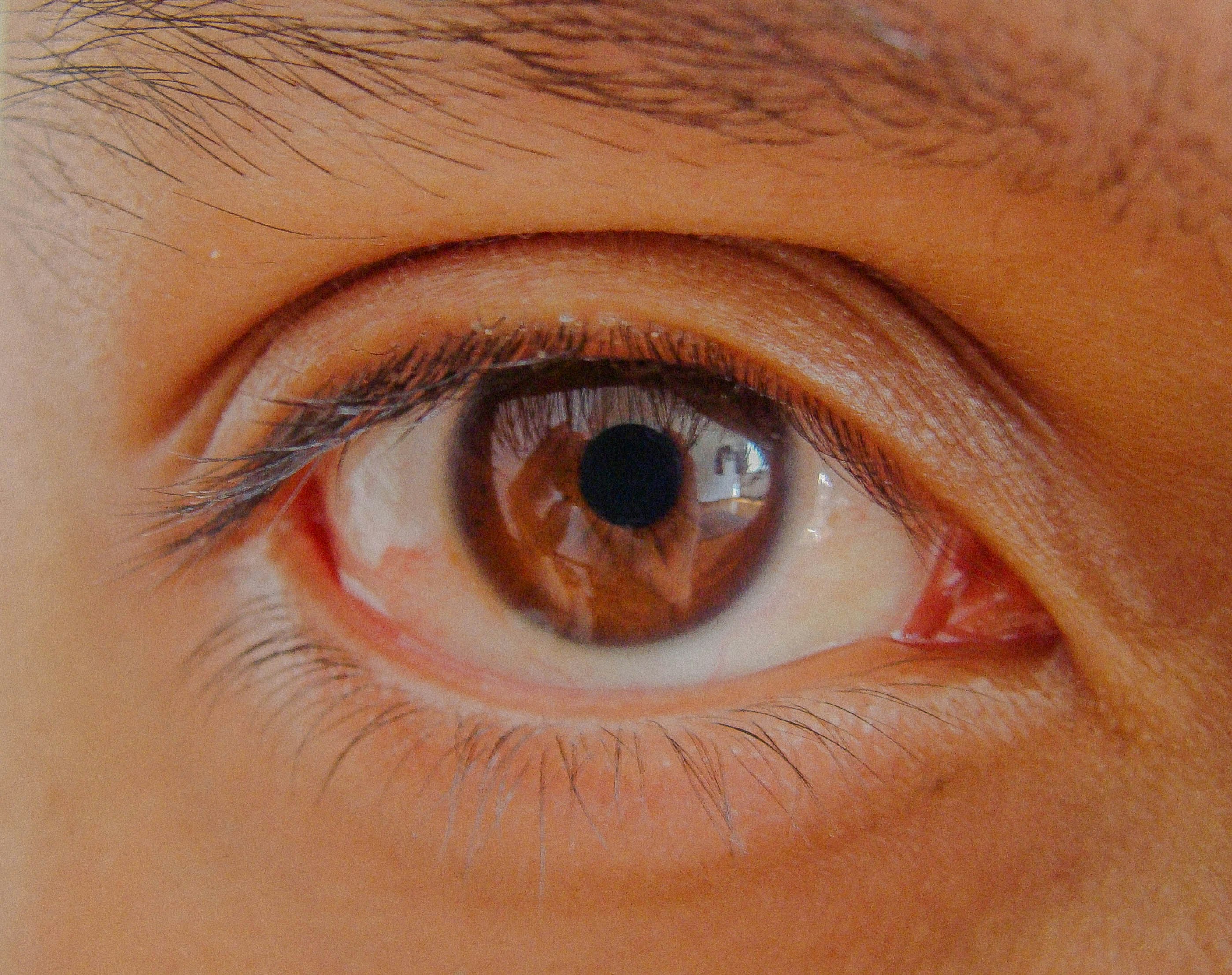What Retinoids Actually Are
Retinoids are a class of compounds derived from vitamin A. They’re best known for one thing: getting skin cells to turn over faster and behave younger. That means newer skin on top, fewer clogged pores, smoother texture, and a firmer surface over time. They also boost collagen production the structural protein that gives skin its bounce and strength.
The science isn’t new. Retinoids have been studied since the 1970s, and decades of clinical research back up their benefits. Whether you’re fighting breakouts, dealing with rough patches, or noticing fine lines, odds are retinoids can help. They’re not a miracle, but they come close when used correctly.
Bottom line: if your skincare goals include clearer, brighter, or firmer skin, retinoids deserve a spot in your routine. Just respect their power start slow, and play the long game.
Breaking Down the Types of Retinoids
Retinol is where most people start. It’s over the counter, widely available, and the mildest option in terms of irritation. It converts slowly in the skin to its active form, making it ideal for beginners or those with sensitive skin. It won’t deliver dramatic results overnight, but it builds tolerance and smoother skin over time.
Retinaldehyde is a step up. It’s still available without a prescription, but it converts more quickly into retinoic acid than retinol does, giving it more noticeable effects with slightly higher irritation potential. A good fit for intermediate users who want progress without jumping straight to prescription.
Adapalene was once prescription only, but now you can find it at your local drugstore. It’s technically a synthetic retinoid developed specifically for acne. It’s more stable in sunlight than other options, which makes it great for daytime use. Popular with oily or breakout prone skin types.
Tretinoin (Retinoic Acid) is the real deal. No conversions this is the active form itself. It’s prescription only and highly effective, but that strength comes with a price: initial irritation, dryness, and a learning curve. Over time, however, it’s one of the most reliable options for addressing wrinkles, acne, and hyperpigmentation.
Tazarotene and Trifarotene are newer, more targeted retinoids. Tazarotene is stronger than tretinoin and often used for stubborn acne or psoriasis. Trifarotene, on the other hand, hones in on specific receptors in the skin, which may make it more efficient with fewer side effects. Both require prescriptions and are typically reserved for people who’ve already tested the waters.
Understanding Strengths and Concentrations
Retinoid strength isn’t just a number it’s a balancing act. Over the counter retinols usually fall between 0.25% and 1%, making them a solid starting point for most skin types. They’re effective but dialed down enough to minimize irritation, especially for beginners.
Prescription options like tretinoin start lower in percentage typically from 0.025% to 0.1% but don’t let that fool you. Prescription formulas are more potent gram for gram because they contain active retinoic acid, which doesn’t require a conversion step like retinol does.
That said, stronger doesn’t always mean better. If your skin is freaking out, flaking off, or constantly inflamed, you’re losing more ground than you’re gaining. Sensitive or reactive skin types do better easing into retinoids with lower concentrations and less frequent use. It’s not a race; it’s long game skincare.
The good news? Skin adapts. With regular but mindful use, your barrier gets stronger, tolerance improves, and you can handle higher strengths over time. The trick is to ramp up slowly listen to your skin instead of chasing fast results.
How to Use Retinoids Without Wrecking Your Barrier

Retinoids are effective, but they don’t play nice if you dive in too fast. The key is easing your way in. Start with just one or two nights a week. Let your skin adjust before you build up to more frequent use. This isn’t a sprint rushing it usually results in more irritation than progress.
Application matters. Always apply retinoids to dry skin. Damp skin absorbs faster, which can sound like a good thing until your face feels like it’s on fire. Be patient, wait after cleansing, and apply once you’re completely dry.
Then lock it in. A barrier repair moisturizer is non negotiable. Look for ingredients like ceramides, glycerin, or squalane stuff that keeps your skin barrier intact while the retinoid works at a deeper level.
And sunscreen? Not optional. Retinoids make your skin more sensitive to the sun, so daily SPF is the rule, not the exception. Go broad spectrum, at least SPF 30, and reapply if you’re out and about.
Finally, know what to expect. Some people purge that means temporary breakouts as clogged pores surface. Others get dry, flaky, red. That’s irritation, not purging. If it gets rough, back off. Adjust, don’t abandon the routine.
Retinoids work. But they don’t rush. Treat your skin with some precision and a little patience, and it’ll return the favor.
Combining Retinoids with Other Skincare Ingredients
Using retinoids effectively often comes down to what you pair them with. Some ingredients can enhance their benefits and ease potential irritation, while others can cause unnecessary stress on your skin especially in the early stages.
Ingredients That Work Well with Retinoids
These supportive ingredients can help maintain skin balance and combat the dryness or irritation sometimes caused by retinoids:
Niacinamide: Calms inflammation, strengthens the skin barrier, and reduces redness.
Hyaluronic Acid: A humectant that boosts hydration without interfering with retinoid function.
Peptides: Aid in skin repair and collagen support, complementing the anti aging benefits of retinoids.
Curious about peptides? Learn more about how peptides can support your retinoid routine
Ingredients to Avoid At Least Initially
When first starting retinoids, your skin can be more reactive. Certain ingredients, while beneficial on their own, may amplify irritation when combined too early:
AHAs (Alpha Hydroxy Acids): Chemical exfoliants that can increase sensitivity alongside retinoids.
BHAs (Beta Hydroxy Acids): Like salicylic acid effective for acne, but potentially too strong when layered with retinoids.
Benzoyl Peroxide: A common acne treatment, but it can deactivate some forms of retinoids (like tretinoin) or cause excessive dryness.
Tip for Beginners
If you’re eager to combine actives, give your skin time typically 4 6 weeks of consistent retinoid use before introducing other potent ingredients. Always patch test and listen to how your skin responds.
Final Word on Retinoids in 2026
Retinoids haven’t gone anywhere they’re still the most proven ingredients for smoother skin, fewer breakouts, and dialing back signs of aging. Clinical studies back them up. Dermatologists trust them. And more users, across skin types, are figuring out how to make them work without peeling their faces off.
What’s changed? Smarter formulas. New gen delivery systems (like encapsulation) buffer the raw punch of traditional retinoic acid, making these powerhouses more tolerable. Advanced molecules like trifarotene are also helping zero in on specific concerns, with fewer side effects. Plus, formulations are being designed with sensitive skin in mind, instead of treating it as collateral damage.
Bottom line: used correctly and consistently, retinoids offer real results that last. No miracle claims or overnight hacks just solid, skin long progress. The trick is not chasing max strength out of the gate. Smooth, steady progress beats a fast flameout every time.
